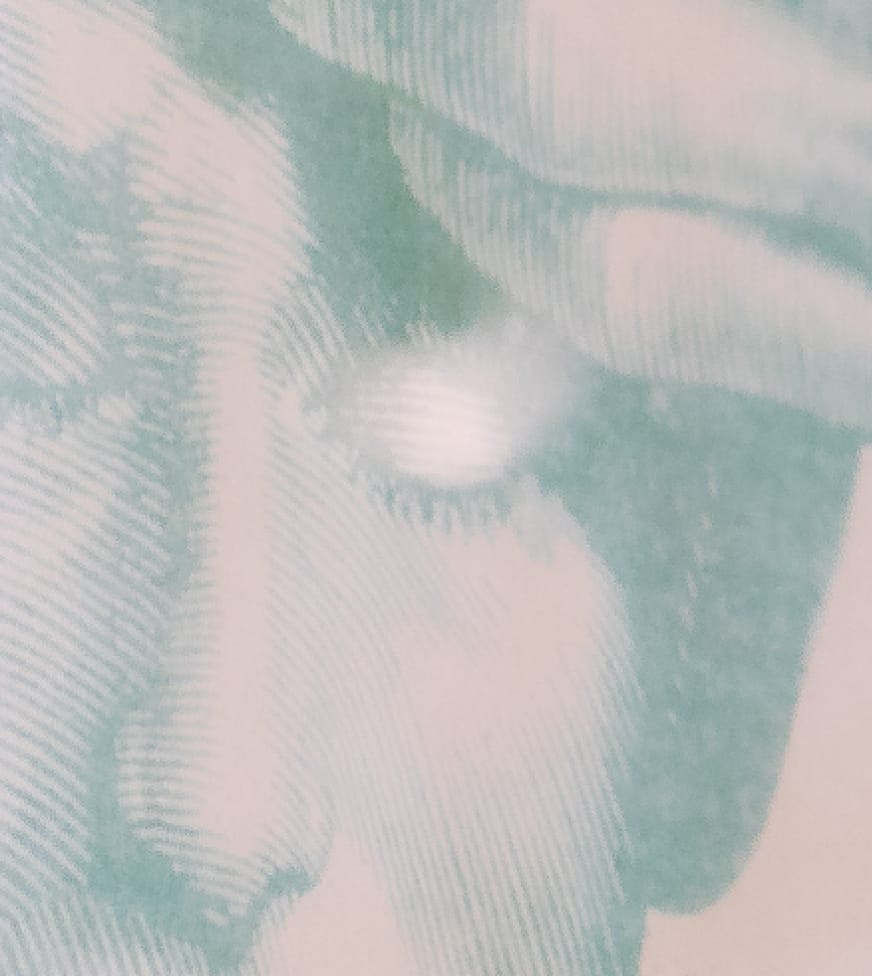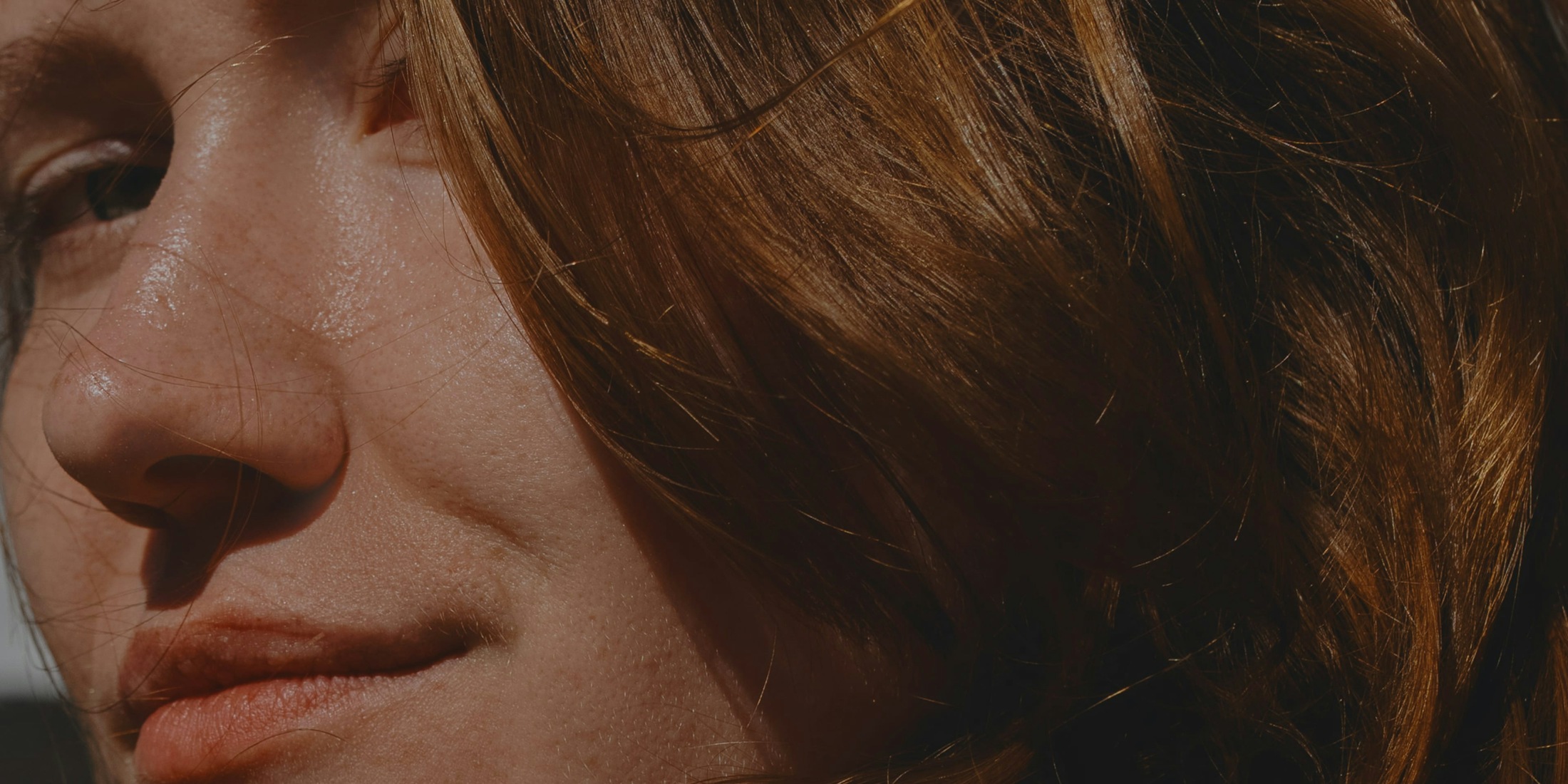Facial scars cannot be removed completely, but their appearance can be made less noticeable and more easily camouflaged with cosmetics.
Scar Treatments
Dr. Maas takes an individual approach to the treatment and revision of scars and applies the principles of scar revision to each unique case. This personalized approach to facial scar revision considers the patient's age, their Fitzpatrick skin type (I-VII), the scar's location, and the age of the scar. Remember that most patients have more than one of the reasons for their particular scars to be unacceptably visible.
Another basic premise in scar revision is remembering that scar formation is the normal process for the body to heal. Any approach to making scars less visible relies on this principle of wound healing. There are many false claims that various treatments, creams, or scar surgery can make scars disappear, which is not true.
What is true is that we can make scars almost invisible with one or more combinations of scar treatments. There are excellent options to improve their appearance or significantly eliminate scar visibility. Below, the approach to treatment for each of the above-listed reasons is explained.








